Rapidly growing companies around the globe are looking to scale without hampering their ability to deliver winning products to market. Operations tools are key here and the need for them in the product org is no exception. One of the biggest reasons behind the growing demand for product operations tools and professionals is the increased scope of responsibilities for modern product managers and the emergence of the product-led movement.
Product teams are now a key catalyst for growth and are responsible for driving business outcomes.
Product operations (aka product ops) gives product teams the backing they need to move from being feature-focused to outcome-focused, connecting product teams, customers, and stakeholders to achieve the best outcomes across the entire portfolio. Additionally, product ops plays a critical role in owning and evolving the processes and tools for individual product teams and the entire product portfolio. Product ops emergence as product leaders signals a shift from strictly considering the toolset required to support the broader product org as “product management tools.” Instead, we consider “product operations tools” more fitting given the expanded scope and responsibilities as a company aligns products to portfolios and drives towards outcomes at an organizational level.
In this post, we’ll take a look at the different tools that product operations might use or should be familiar with in order to empower their product teams.
Recommended Product Operations Tools to Get the Job Done Right
Here are 12 main categories for product management tools and product operations tools:
- Product portfolio management (PPM) and roadmapping
- Agile development
- Usage analytics
- Product experience
- Data analysis and visualization
- Heat mapping
- User testing
- A/B testing
- Collaboration
- Knowledge management
- Collecting feedback
- Prototyping / wireframing
Below, we’ll touch on some of the most recommended tools by product operations managers for each category.
Disclaimer: Having one of each of these 12 types of tools isn’t necessary to achieve your desired outcomes.
1. Dragonboat
Main uses: Product operations platform
Dragonboat is the fastest-growing product operations platform for outcome-driven leaders to strategize, prioritize, plan, and deliver industry-leading products. With Dragonboat, product operations is equipped with the tools it needs to help product teams align goals and metrics from the business to portfolios to products, build data-driven roadmaps, and more all in one place.
Companies are quickly finding value in Dragonboat because it’s been designed by product ops leaders for product ops leaders. Leading companies like Miro, Chime, and F5 employ Dragonboat to adapt and adjust in real-time to best deliver customer delight and business outcomes.
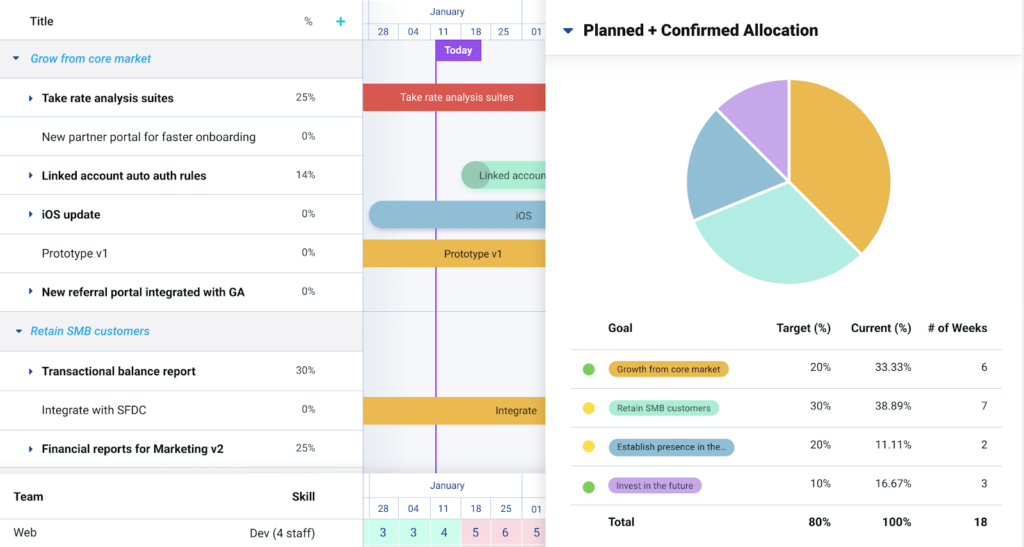
Dragonboat is the only product operations platform for:
- Connecting goals and customer needs and building outcome-focused roadmaps using data-driven prioritization and allocation modeling
- Enabling a strategic framework to guide product decision making across all levels
- Effective planning and tracking of portfolio dependencies
- Creating holistic plans, gaining real-time visibility, and creating forecast schedules that prevent delays
- Building customized reports and sharing roadmap updates automatically with the right stakeholders
- Allocating resources and adjusting responsively, in real-time, by any dimension (OKR, themes, teams) and level (bet, initiative, feature) with scenarios
- Centralizing customer insights and requests and linking them to product features dynamically, organizing them multi-dimensionally
- Seamless integration with dev tools like Jira, Azure DevOps, and more.
Learn more about Dragonboat for product ops.
2. Jira
Main uses: Agile development management, bug tracking
Jira is one of those tools that, for professionals in software development, needs no introduction. Jira is the #1 software development tool used by agile teams to manage their workflow from sprint planning to code releasing. Teams use Jira to manage software development activities with its out-of-the-box workflow templates (like Scrum and Kanban). One of its major advantages is that it integrates with other leading tools, e.g. product portfolio tools (Dragonboat), DevOps tools (e.g. Bitbucket, Jenkins, Github, Gitlab) and knowledge management tools (e.g. Confluence).

Jira is best one of the best tools for:
- Agile development using Scrum or Kanban
- Bug tracking
- Organizing and prioritizing tasks
- Backlog and issue management
- Integrating with CI/CD tools
Check out the Jira website.
Other tools for agile development management include Clubhouse and Azure DevOps.
3. Pendo
Main uses: Usage Analytics, in-app messaging
As with any ops role, one of the primary focuses of product ops is collecting, organizing, analyzing and sharing data with teams across the company. Therefore, a good Product ops Manager or team will have to rely on the right tools that provide them the right data. When it comes to obtaining insights on product usage and analytics, Pendo is one of the leading options for product teams, implementation teams, and product ops managers. Pendo captures product usage patterns and user feedback while also enabling in-app communication to onboard, educate and guide users to value.
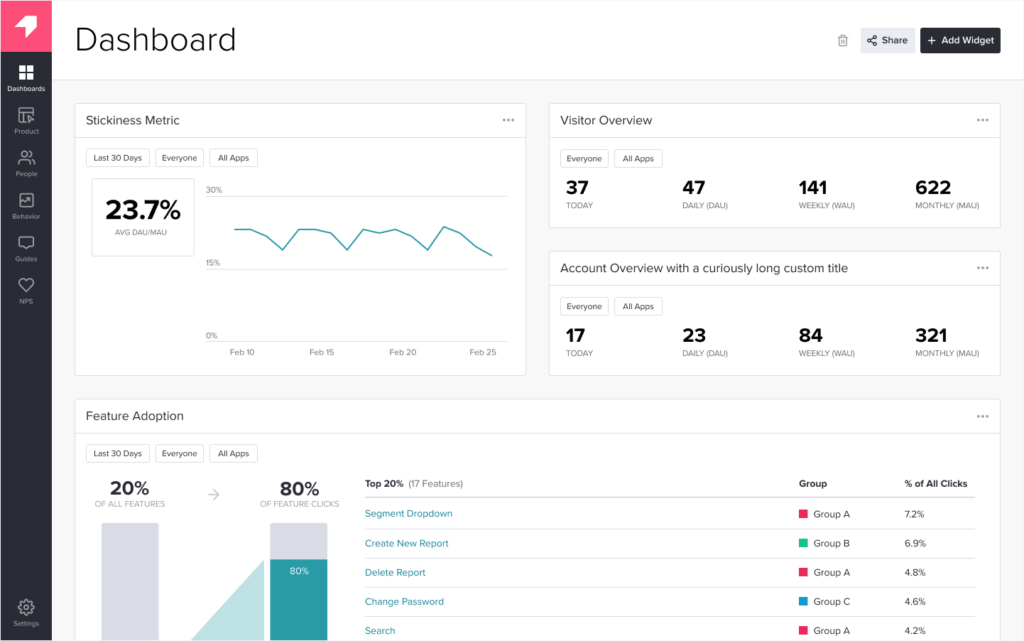
Pendo is one of the best tools for:
- Getting insights on where and how users engage with your site
- Tracking user behavior
- Onboarding resources and facilitation
- Analyzing the impact of a release
Learn more on the Pendo website.
Other tools for usage analytics include Google Analytics,Amplitude, Heap, and Adobe Analytics.
4. Gainsight CS, PX
Main uses: Product experience, customer success
The category creator and leader among customer success tools, Gainsight aggregates and turns disparate customer data from multiple sources into a single source of truth. Review customer data-driven insights and deploy actions that drive business outcomes for your clients. This tool allows you to get a comprehensive view of your customers, understand trends and risks, and empower your team to scale with proven actions that deliver outcomes. A thought leader and early mover in customer success, Gainsight built its tool around best practices to help SaaS companies retain customers. Product Ops teams can benefit from pulling data from Gainsight to give critical feedback to product teams and deliver information for executives to make business decisions.
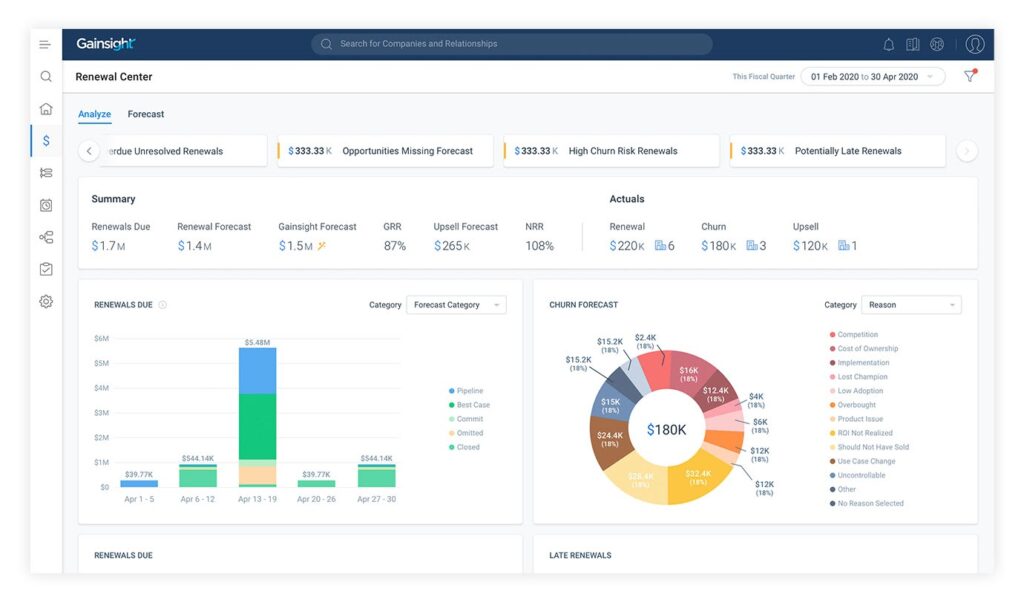
Gainsight is one of the best tools for:
- Teams working with Salesforce
- Processing data from different sources, and displaying it in an easy-to-consume manner
- Sorting customer accounts by various health factors
- Understanding account health to be alerted to accounts that are most at risk of churn
Visit gainsight.com to learn more.
Other product experience tools include Churnzero, Totango, and Vitally.
5. Tableau
Main uses: Data analysis and visualization
Tableau is a market-leading tool for creating interactive graphics to visualize data from almost any source, with multiple format options. With Tableau, you can quickly perform ad hoc analyses that reveal hidden opportunities and ask questions in natural language. It has a drag and drop functionality to create interactive dashboards with advanced visual analytics. With product ops focusing heavily on data, Tableau is an essential solution to help them easily ask and answer questions in real-time, informing stakeholders who can make smarter product and business decisions. So, it’s not surprising that when we analyzed dozens of product operations job descriptions, Tableau was one of the most cited tool skills to have.
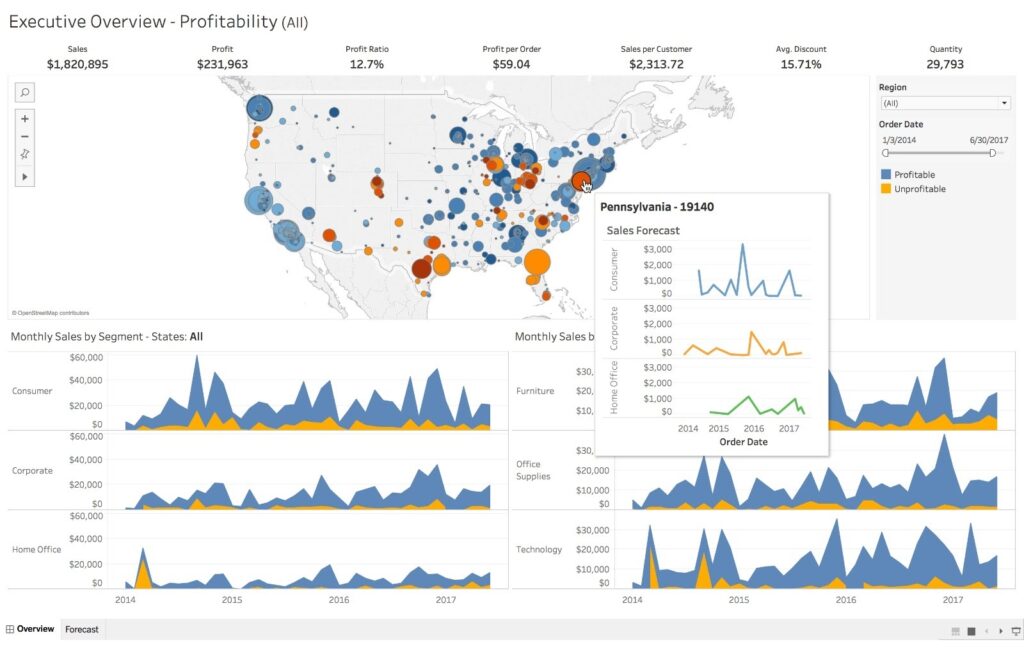
Tableau is one of the best tools for:
- Ad-hoc reporting
- Business intelligence standard reporting
- Behavioral analytics
- Report output and scheduling
- Data discovery and visualization
- Trend / problem indicators
- User research analysis
- Predictive analytics
Visit the Tableau website.
Other tools for data analysis and visualization include Looker, Qlik Sense, and Zoho Analytics.
6. Hotjar
Main uses: Heat mapping, CRO
Hotjar offers a fast and visual way to understand your users. The tool enables your team to get instant visual feedback, see how people are really using your site, and uncover insights to make the right changes. Hotjar equips teams with product experience insights, showing them how users behave and what they feel strongly about, so they can deliver real value. Hotjar is a great tool for discovering product opportunities, consolidating qualitative and quantitative data, and communicating user needs.
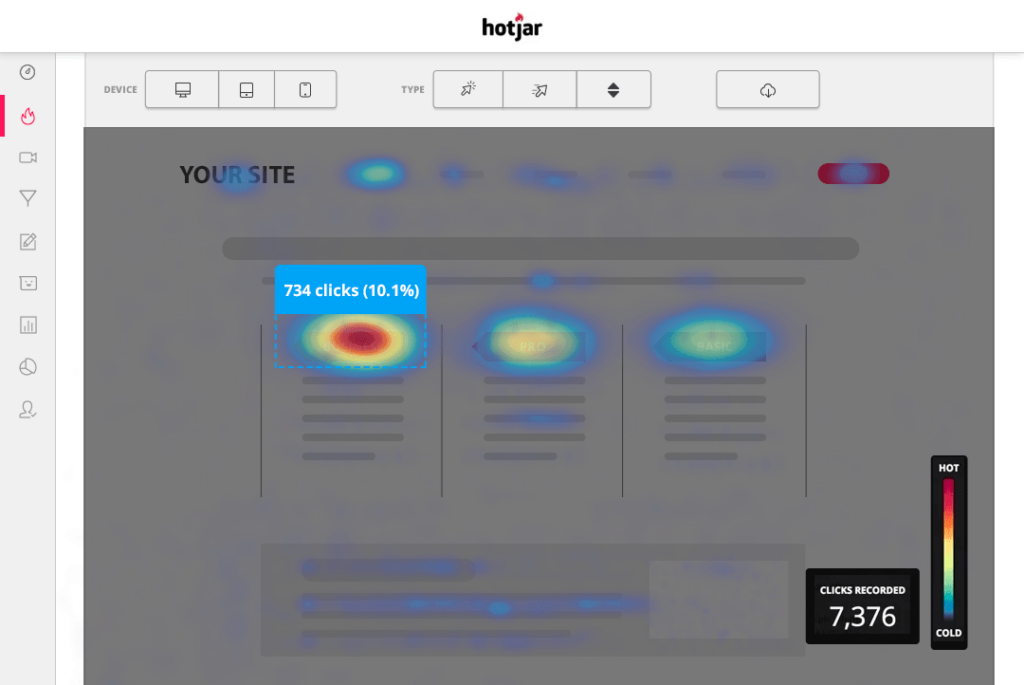
Hotjar is one of the best tools for:
- Getting real customer insight and data and to understand pain points and find out how to eliminate friction
- Gathering insights used to define roadmaps and A/B testing strategy
- Visual session recording
- Conversion funnel analytics
- Usability testing
Visit the Hotjar website.
Other tools used for heatmapping include ContentSquare and VWO.
7. UserTesting
Main uses: Real user testing, usability testing
UserTesting enables organizations to deliver the best customer experience powered by human insights. With UserTesting’s on-demand human insights platform, companies across industries make accurate customer-first decisions at every level, at the speed business demands. Several product teams, marketers, digital and customer experience executives use it to confidently and quickly create the right experiences for all target audiences, increasing brand loyalty and revenue.
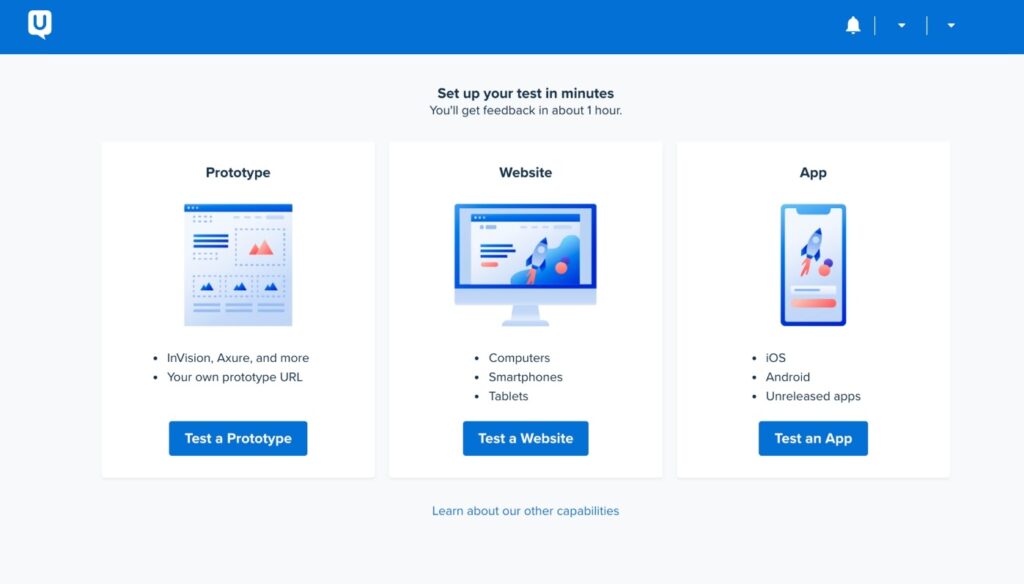
UserTesting is one of the best tools for:
- Usability testing on product prototypes in iterative development
- Obtaining fast feedback (often same day) from users
- Obtaining qualitative data from your target audience and understanding the “why” behind users’ actions through recorded video sessions and interviews
Check out the UserTesting website.
Other tools for user testing include PlaybookUX, dscout, and UserZoom.
8. Optimizely
Main uses: A/B Testing, experimentation
Product ops teams are often tasked with owning experimentation so that product managers can focus on solving customer problems. Product ops teams use tools like Optimizely to run A/B tests to obtain data for product teams to optimize the user experience. With, Optimizely, businesses deliver continuous experimentation and personalization across websites, mobile apps and connected devices.
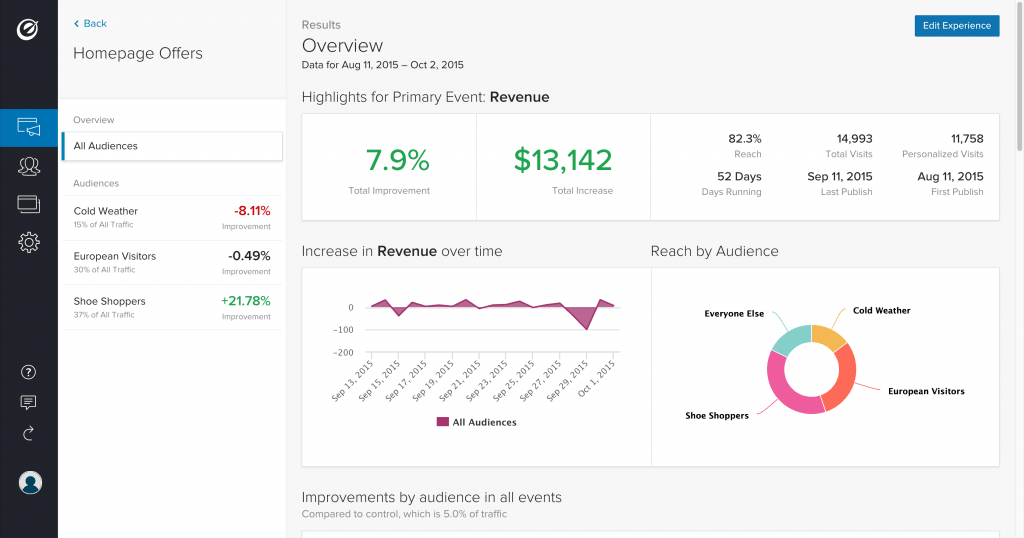
Optimizely is one of the best tools for:
- Running experiments without the need to write code
- Testing small UI changes and functionality to increase adoption
- Running tests on a small percentage of your user base
- Running multiple experiments simultaneously
Learn more at optimizely.com
Other tools for A/B testing include Split and AB Tasty.
9. Miro
Main uses: Collaboration, ideation, digital whiteboard
We recently overheard a Product Operations Manager who said, “I live inside of Miro! I love it.” Miro is a Dragonboat customer and we have to admit that we’re huge fans. Miro is one of the rising tools that has helped teams continue to brainstorm and collaborate despite not being together in the same physical location. Teams use its online, collaborative whiteboard platform for many things such as brainstorming with digital sticky notes and managing agile workflows. The tool boasts deep integrations with the Microsoft ecosystem, Atlassian ecosystem, Slack, Box, DropBox, Sketch, with over 60 templates to jumpstart collaboration.
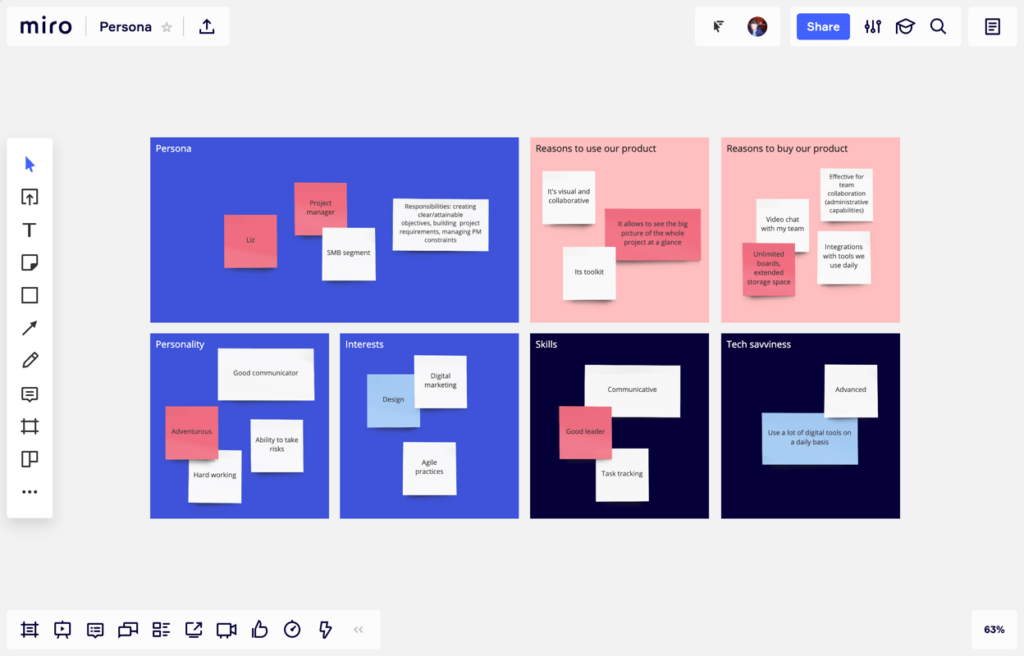
Miro is one of the best tools for:
- Overcoming challenges to remote brainstorming and interactive group activities
- Allowing ideas and visualizations to be shared freely across teams
- Mind mapping and collaborative, complex problem solving
Learn more at Miro.com.
Other tools for collaboration include Trello, Google Docs, Slack, and Threads.
10. Typeform
Main uses: Feedback Forms & Surveys
Since every product team needs a way to collect feedback, both external and internal, product ops can help them manage or select the right tool for feedback collection and processing the data. A breakout tool for this very purpose is Typeform. You may have seen a Typeform survey before; they’re the ones that are so sleek that you don’t even mind the fact that you’re filling out a survey. Typeform makes sharing information fun and easy on any device and it integrates with just about any application.

Typeform is one of the best tools for:
- Customizable forms/surveys with multiple question types
- Feedback management, NPS surveys
- Building engaging and beautiful product feedback forms with templates
- Third party integrations
Learn more at Typeform.com
Other survey tools include SurveyMonkey, FormStack, and Google Forms.
11. Confluence
Main uses: Knowledge Management
An established market player, Confluence by Atlassian is a team workspace ideal for not only product operations, but all functions. Confluence keeps everyone organized and aligned with everything from meeting notes to strategy docs and IT documentation so they can make better decisions faster and be more responsive to change. Another benefit of Confluence is that it integrates seamlessly with the Atlassian suite of products like Jira and other tools like Dragonboat to show reports and dashboard updates in real-time.
As product ops are often tasked with the onboarding of new product team members, guarding product knowledge, and communicating it across the organization, Confluence is a great tool to add to the product operations tools list.

Confluence is one of the best tools for:
- A repository or wiki for housing meeting notes, status updates, how-to documentation, product processes, etc
- Enterprise-level document collaboration, allowing multiple users to edit a page in real-time at the same time
- Integrations
Learn more at Atlassian.com.
Other tools for knowledge management include Notion, Coda, Zendesk and Google Sites.
12. Figma
Main uses: Prototyping
Last but not least, every product organization relies on at least one good tool for prototyping. Figma is a cloud-based and on-premise platform that enables businesses to create custom designs and share prototypes among team members. Similar to Google Docs, Figma enables real-time sharing on the same file.
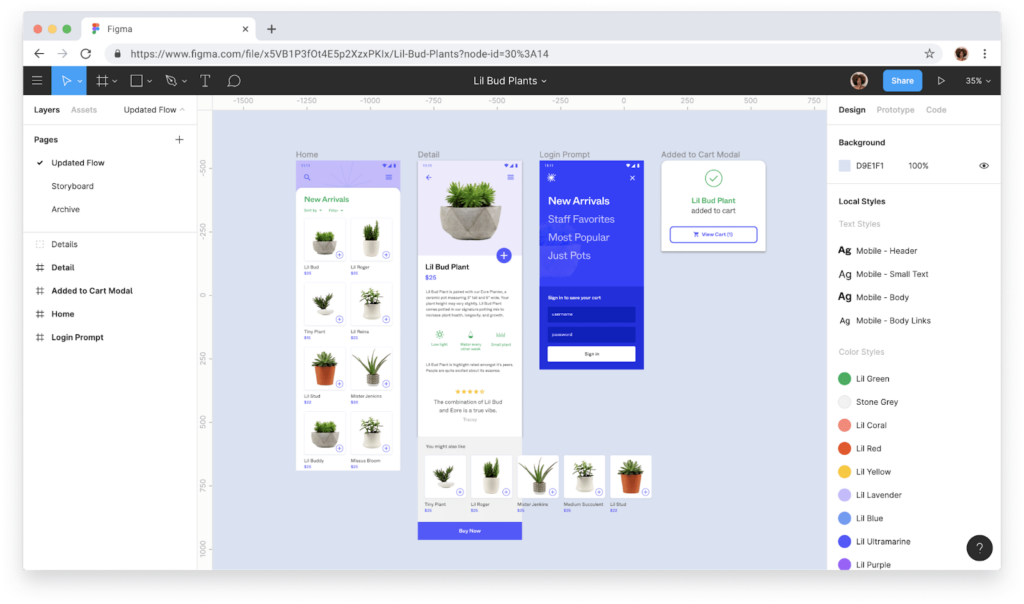
Figma is one of the best tools for:
- Sharing a design project with your stakeholders for their feedback and approval
- Demoing features before coding them
- Easy collaboration and information sharing between developers and designers
- When a team or group of designers want to work on a single project and leave one another comments on designs
Check out Figma.com
Other prototyping tools include Balsamiq, InVision, and Sketch.
The Right Tool for the Right Job
It takes the right tool to get the job done right. Product operations plays a strategic role in orchestrating both product teams and the organization. This requires a new breed of tools like Dragonboat. Disparate, disconnected spreadsheets and traditional product management tolls along are not enough.
So, ask your team, “What tools do you need in your tech stack to foster alignment, clarity, communication, and collaboration?” and go from there.
More Resources on Product Operations Tools
- If you want a more exhaustive list of product management tools, check out the Proddy Awards by Product School.
- Learn the difference between roadmapping tools and product operations tools.
- Check out this overview of the product operations role which explains how product ops manages processes/tooling.
What do you think? Did we miss any tools? Tweet your thoughts to @dragonboat_io!



